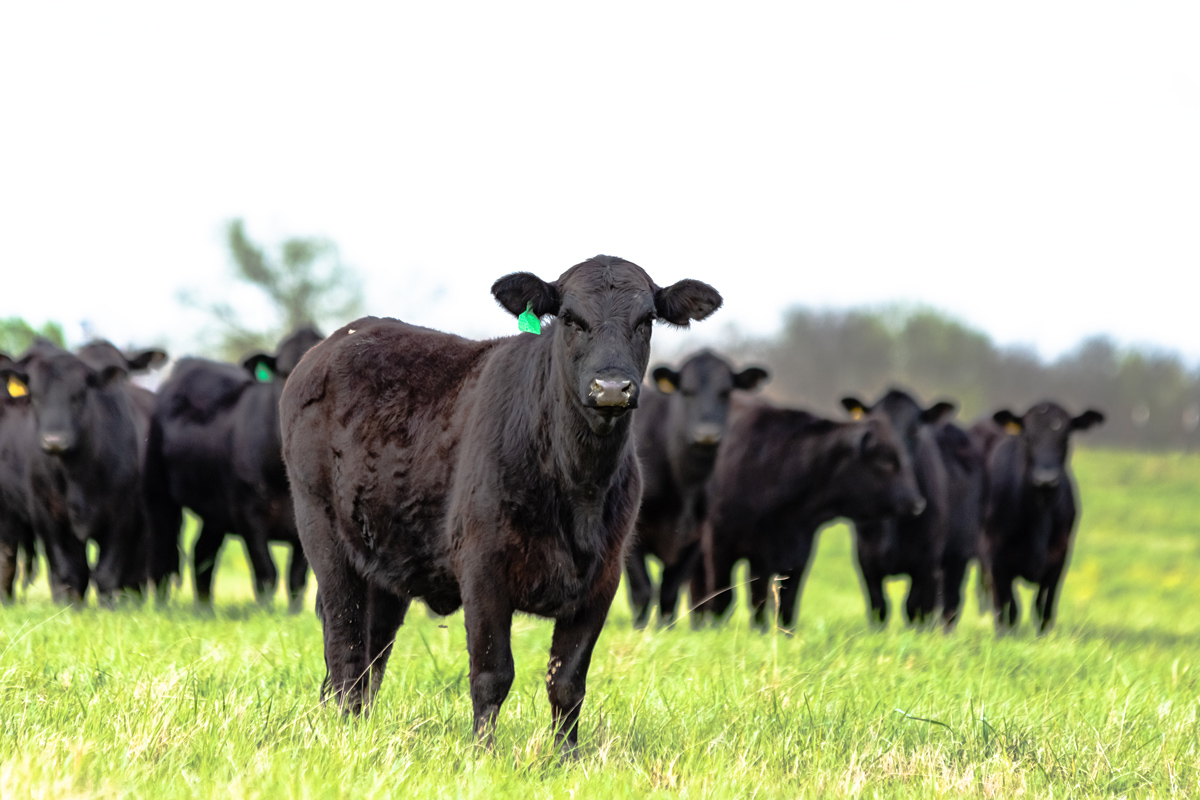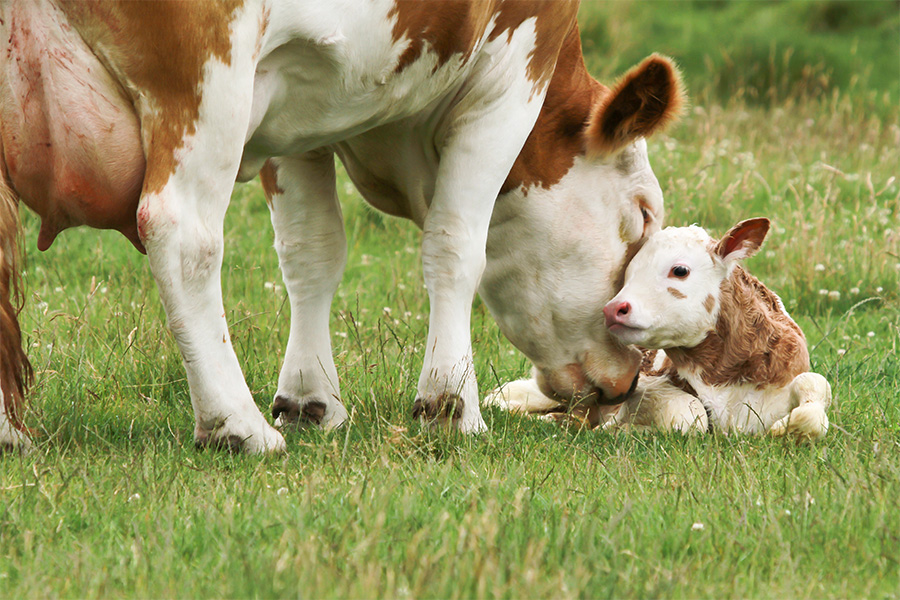Dairy
-

The implementation of horn fly control measures, such as aerosols, bait, strips, foggers, dust bags, traps, oilers, ear tags, pour-ons, natural predators, and insect growth regulators is instrumental in reducing the new infection rate, while existing mastitis cases can be eliminated with antibiotic therapy. Such management practices will promote animal health and well-being, enhancing producer profits by ensuring that heifers calve with low sec and the potential for maximum milk yield.
Steve Nickerson
|
-

Water is the most important nutrient for cattle. It accounts for 50 to 80 percent of an animal’s weight and is involved in every physiological process. Cattle cannot adapt to water restriction and feed intake greatly decreases if water is restricted. Water availability and quality can become a major issue during a drought. It is important to check water sources frequently for water availability and quality during a drought.
Lawton Stewart, Ted G. Dyer, and Johnny Rossi
|
-

Cutting costs allows producers to survive during trying times and also teaches valuable lessons that may actually increase profits in future years. Cutting corners, on the other hand, may save some money in the short-run but ultimately will have very detrimental effects.
Lawton Stewart, R. Curt Lacy, Dennis Hancock, Ronald E. Silcox, and Glendon H. Harris
|
-

This brief management guideline provides producers with specific management tactics that may minimize the potential for short- and long-term problems. These tactics, categorized in order of early, advanced, and severe drought stages, are based on specific characteristics including water loss, forage growth, and rainfall.
R. Curt Lacy, Dennis Hancock, and Johnny Rossi
|
-

By-product feeds come from a variety of sources, including grain processing, production of human foods and beverages, and manufacturing of fiber products. Although many of these feeds have been used for years, others are relatively new. Research has been conducted on most by-product feeds and the guidelines for their use are well documented; however, limited information is available on the feeding value or guidelines for using some by-product feeds. This publication discusses factors that should be considered when feeding by-product feeds to cattle.
John K. Bernard
|
-

Hot and humid environmental conditions stress the lactating dairy cow and reduce intake of the nutrients necessary to support milk yield and body maintenance. In Georgia, weather conditions are sufficiently hot and humid to reduce performance of dairy cows for five months or more each year. This publication presents methods that can be used to minimize the stress on dairy cows during hot weather and enhance production during the hot summer months.
Joe W. West and William Graves
|
-

This publication provides reproduction benchmarks for Holstein herds processed by Dairy Records Management Systems. Some examples of using and applying benchmark values are provided; however, this publication should be viewed primarily as a comprehensive resource for reproduction benchmark values. These benchmarks will be useful to dairy producers, dairy managers, consultants, veterinarians and agribusiness representatives as a first step in the analysis of herd management practices.
Warren D. Gilson, Lane O. Ely, James W. Smith, and William Graves
|
-

Early identification and diagnosis of reproductive problems through a herd health program are an essential part of successful dairy management. A cow must be pregnant by 85 days postpartum to achieve a 12-month calving interval. This is the backbone of sound reproductive management in an economical dairy business. Many factors during the dry period, parturition and early lactation can lower reproductive efficiency. These include mastitis, cystic ovaries, lack of body condition, retained placentas and anestrus. These postpartum problems lengthen calving intervals and affect reproductive efficiency.
William Graves
|
-

B 1227-SP
Programas de Sincronización de Hatos
Los datos del programa Dairy Records Management Systems (DRMS) demuestran que hatos de alta producción tienen índices de concepción bajos, y estos tienen también pasarán menos días abiertos y tienen una mayor taza de detección de celo.
[This publication describes dairy herd synchronization programs will help improve your reproductive management efficiency. Try the one that fits your management system the best. Both estrus and ovulation synchronization programs will help get more animals bred more efficiently. Feeding open animals extra days can be costly to producers. Identify open animals and pick the best breeding alternative for your operation.]
William Graves
|